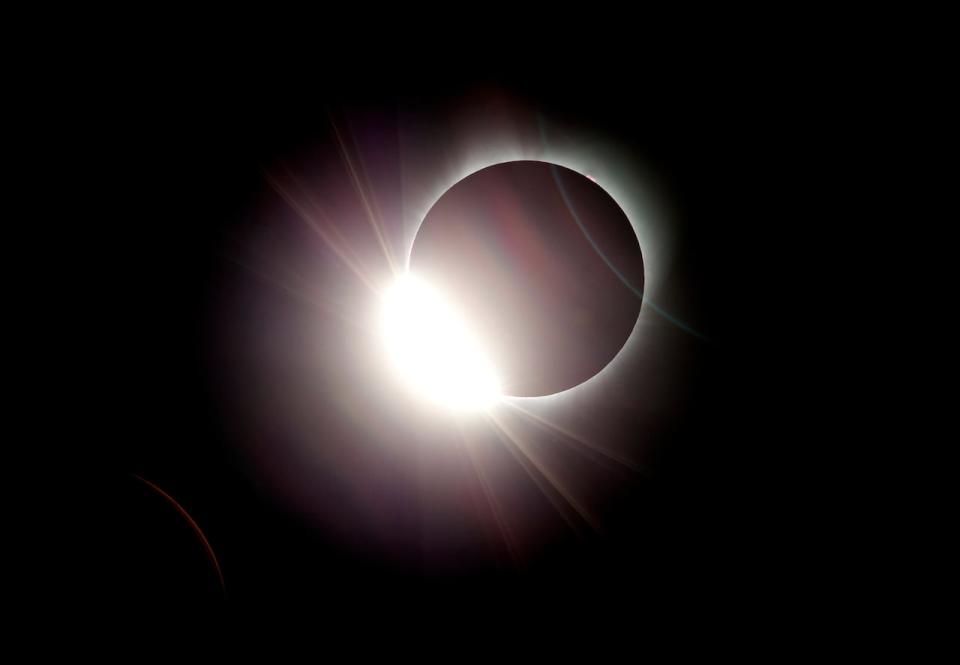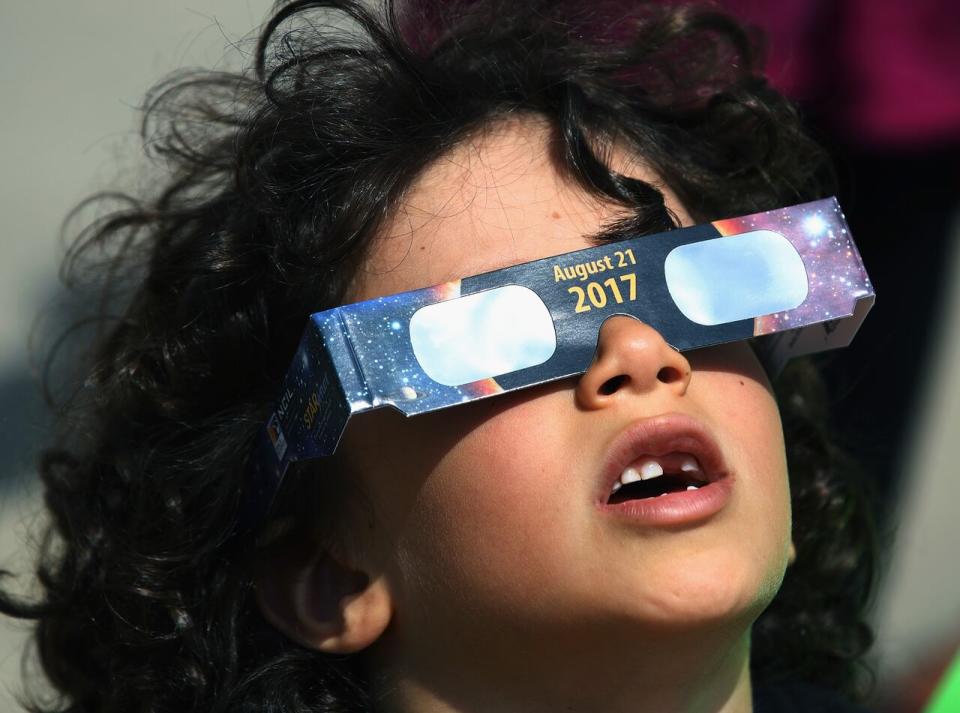On April 8, the moon’s shadow will slide across Mexico, into the United States and finally into Canada, producing one of nature’s greatest spectacles: a total solar eclipse.
But if you want to see it, you’ll probably have to travel to eastern Canada – and onto a very narrow path that stretches from southern Ontario, through Quebec to New Brunswick, PEI and Newfoundland. (In Nova Scotia, only the Meat Cove area will be a full experience.)
Total solar eclipses occur when the moon passes in front of the sun, blocking out its light. The path of that shadow is extremely narrow, which is why most people have never seen one.
“People think that solar eclipses are very rare,” said Fred Espenak, a retired NASA astronomer and the agency’s chief eclipse expert. “The rarity of total solar eclipses is that they are only visible from a very small fraction of the Earth’s surface, typically less than about half a percent of the Earth’s surface during a given total solar eclipse. “
Since the average for one location on Earth to see a total eclipse is about once every 375 years, he explained. And that’s why most people don’t experience a total solar eclipse.
However, many people have probably experienced a partial solar eclipse, where it looks like something has grabbed hold of the sun. That’s because the visibility of those people is much wider. For next month’s eclipse, outside that narrow path of totality, the rest of the country will experience a partial eclipse in some form.
But seasoned eclipse chasers say there’s a big difference between a partial and total solar eclipse.
Espenak, who has seen 24 total solar eclipses, said a partial eclipse is beautiful, but nothing like total.
“People have to understand that even if someone has seen a partial eclipse, they think that’s the whole thing. It’s just a part of a percentage,” he said. “They saw 50 percent partial or 80 percent partial – that 80 percent is as good as the whole. Well, it’s not.
“Seeing a partial eclipse is like getting five out of six Powerball numbers. To win the jackpot, you have to get all six numbers. And to win the jackpot with an eclipse, you have to be 100 percent.”
A ‘spiritual’ experience
Jay Anderson, a former meteorologist with Environment and Climate Change Canada and an avid eclipse follower, said the experience of standing in the shadow of the moon is unforgettable.
“The eclipse itself is the wonder: the prominences, the chromosphere, the corona, all of which are parts of the solar atmosphere that suddenly come to light that a normal person would not see.


The diamond ring effect of the 2017 total solar eclipse, seen from Salem, Ore. (AP Photo/Don Ryan)
“And the temperature drops and the shade comes in,” he said, “and you’re looking up at the sun and you’re looking at that last little bead [of light] push out, and you get the diamond ring, and – whomp – you’re in the dark. But you are seeing the corona before the sun is completely covered.
“Then, when it’s over, there’s a lot of hugging and shouting, and a few tears and sometimes marriage proposals.”
Espenak feels the same way. “For some people, it’s almost a spiritual experience,” he said. “It’s a humbling experience, in my opinion. It gives you an understanding of man’s place in the universe. And you realize how small and invisible we really are, and insignificant.”
Safety first
That’s why Espenak is also frustrated when some school boards choose April 8 as PA day, or to keep the children inside.
The Toronto District School Board, for one, cited safety concerns, as the eclipse would fall around the end of the school day, when students and staff would be going home.
“Having the chance to see a total eclipse is such an educational opportunity that I think it’s criminally negligent to lock children in schools,” he said.
He acknowledged that it takes some preparation, but said it can provide a good learning experience before the event — teaching children about how and why eclipses happen, proper safety practices and more.


Young spectators look to the sky during a partial solar eclipse on August 21, 2017 at the Cradle of Aviation Museum in Garden City, New York. (Bruce Bennett/Getty Images)
“Seeing something like this could spark a hidden passion to study the sciences. It doesn’t have to be astronomy, but to experience something beautiful in the natural world.”
Eye safety is extremely important, whether you are in the path of totality or will be viewing the partial eclipse. The best and easiest way to protect your eyes is to buy eclipse glasses, which are widely available from astronomy organizations, science centers and online astronomy stores.
It is important to ensure that they are ISO-compliant, with ISO 12312-2. Try to avoid buying elsewhere, because in 2017, there were a lot of fakes that still had the ISO number. If you look directly at the sun without protection, your eyes could be permanently damaged.
SEE | A solar eclipse can cook your eyes: How to watch safely
The only time it is safe to take off your eclipse glasses is when the sun is completely covered by the moon. All other times, you must wear eclipse glasses. The only caveat is that people should already have them or order them soon, as places are starting to sell out.
Anderson – who has also seen 24 total solar eclipses – and Espenak both feel that someone has experienced a total solar eclipse, it will only feed their desire to see more of them.
“Every eclipse is different,” Anderson said.